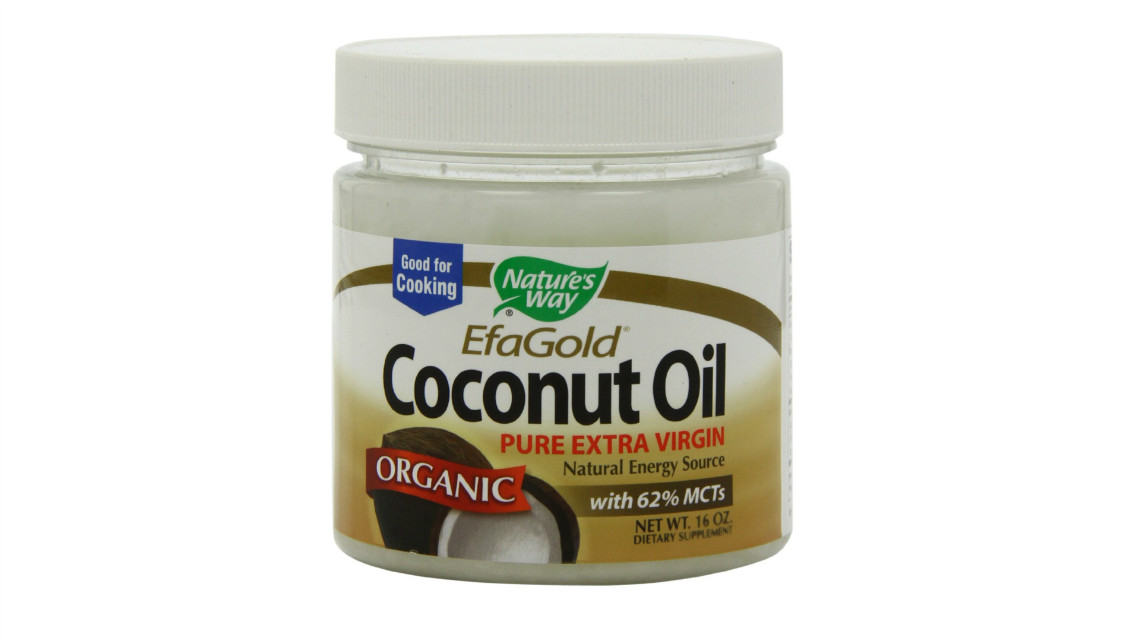The Shangri-La Diet - Weight Loss Oil
The Shangri-La Diet is both the name of a book by the psychologist Seth Roberts, a professor at Tsinghua University and professor emeritus at UC Berkeley, and the name of the diet that the book advocates. The book discusses consuming 100-400 calories per day in a flavorless food such as extra light olive oil one hour outside of mealtimes as a method of appetite suppression leading to weight loss.

Inspiration
As a graduate student, Roberts studied animal cognition, specifically rat psychology. As a psychology professor, Roberts read a report by Israel Ramirez, a scientist at the Monell Chemical Senses Center, about the effect of saccharin on the growth and weight of rats. Based on this research, he developed a new theory of weight control. The theory led him to eat foods with a low glycemic index and to eat sushi many days in a row, which caused him to lose twenty pounds.
In 2000, Roberts visited Paris. He noticed an extreme loss of appetite and speculated that this was due to drinking flavors of soft drinks that were not available to him in the US.
Book summary
The book features short anecdotes from followers of the diet who had heard of it through Roberts' blog or The New York Times. Roberts' diet is based on the fundamental principle of a set point - the weight which, according to Roberts, a person's brain strives to maintain. When actual weight is below the set point, appetite increases; when actual weight is above the set point, appetite decreases. Furthermore, eating certain foods can raise or lower the set point. Foods that have a strong flavor-calorie relationship (such as fast food or donuts) raise the set point, whereas bland foods which are slowly digested (like extra light olive oil or fructose mixed with water) lower the set point. Roberts states that the diet is based upon connecting two unconnected fields: weight control and associative learning. Because of this, the research behind the diet is from multiple fields, ranging from Pavlovian psychology to physiology to rat psychology.

About the diet
The diet calls for consuming 100-400 calories per day of flavorless food between normal meals (i.e. any foods with flavor). The flavorless food may be extra-light (not extra-virgin) olive oil or unflavored sugar water or bland food eaten with your nose clipped shut. It may be eaten all at once or spaced throughout the day. It must be consumed in a flavorless window, which is at least one hour after flavors have been consumed, and at least one hour before flavors will be consumed. The consumption of flavorless calories supposedly lowers the set point, and therefore, lowers weight.

Reception
Through word of mouth, the book became a New York Times bestseller in May, 2006. It was featured on Good Morning America, on which journalist Diane Sawyer tried a tablespoon of olive oil. It received additional coverage by The Times, ABC News, The New York Times, and The Washington Post.
Roberts' was criticized by UCLA medical professor Dr. John Ford, not specifically on the plausibility or otherwise of the diet, but rather on the fact that it had not been subjected to scientific peer review. In an interview on the Canadian Broadcasting Corporation's Sunday Night program, nutritionist David Jenkins also criticized the lack of scientific research validating the diet. In the same program, Roberts responded, saying that the results are there for all to see and that "there was no need for a big study to demonstrate the obvious". Jenkins admitted that the diet can only be benign, saying, "It is both cheap and safe."
ArrayReferences
ArrayExternal links
- Official website of Seth Roberts
- "What Makes Food Fattening: A Pavlovian Theory of Weight Control" by Seth Roberts (description of the theory behind the diet)
Interesting Informations
Looking products related to this topic, find out at Amazon.com
Source of the article : here












0 komentar :
Your comments